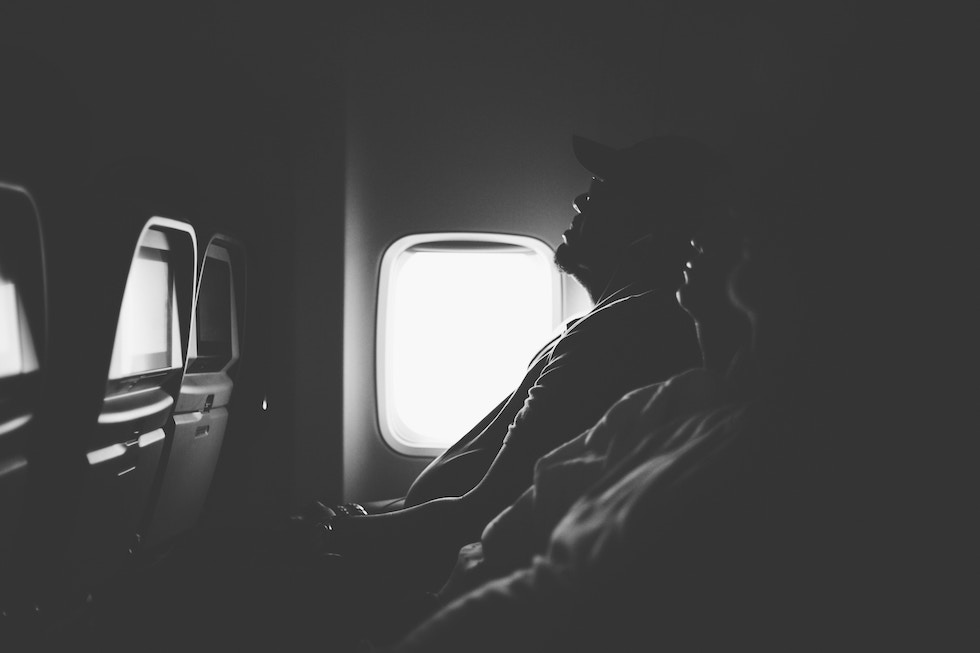Luggage packed: Check. Passport: Check. Boarding Pass: Check. There is one loose end: How do you get adequate sleep on a twelve-hour flight in coach? Will your neck pillow and eye mask be enough, or should you try sleep medication? Perhaps the results of a study that appeared in the SFGATE article, “How to actually get some sleep on a plane,” may help you decide. The article referenced TheSleepJudge.com’s survey of nearly 1,000 travelers on their in-flight sleeping experience.
Sleep position could be the key.
The window seat is probably viewed as the ideal because it allows the passenger to rest against the wall. However, the study revealed that leaning forward might be a more desirable position. Placing an inflatable pillow on the tray table to rest your head seemed to provide better sleep than leaning against the wall or reclining the seat.
Earplugs probably help.
Besides the seats, turbulence, and cabin temperature, passenger noise was on the list for disrupting sleep. A pair of high-quality noise-canceling earplugs may increase the probability of sleeping well on a flight by reducing noise and alleviating any pain caused by changes in air pressure. The author of the article recommended Mack’s silicone putty plugs because they conform to the ear and help lower noise levels. Wearing earplugs along with an eye mask could also increase the odds of better rest.
The seat assignment may matter.
According to the survey’s findings, in general, the aisle seat was the least favorable for adequate sleep. The window seat at the front of the cabin appeared to provide better quality sleep, followed by the middle seat in the middle section. The rear of the plane seemed to discourage rest, regardless of the seating assignment. However, the survey didn’t mention whether the quality of sleep improved in the rear cabin if a traveler used the tray table as a headrest and wore noise-canceling earplugs.
Ideal positioning, a pair of high-quality earplugs, and a favorable seat assignment are a few ways to get a decent rest on a plane. Booking a red-eye flight or departing in the afternoon might also improve your in-flight sleeping experience. Although, there’s a chance you’ve already found a method that works well for you.






